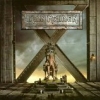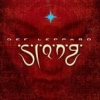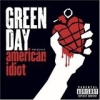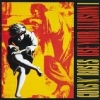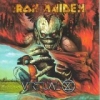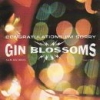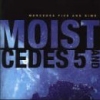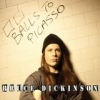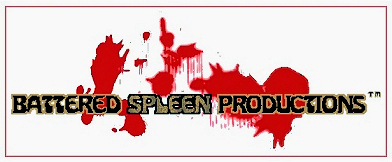Of Light and Shadows
Light shows us things. It leads us through the darkness. It frightens us when it goes out, suddenly plunging us into darkness. It frightens us almost as badly when it appears suddenly, out of nowhere, with no cause, and no rhyme or reason to it, defying the laws of physics. Light is one of the number one tools of the horror moviemaker. It is a huge factor in photography, like the kind in which I have been involving myself. The powers and limitations of light can be just as important in art of the written form. In that format of storytelling light is—just as in physical terms—a matter of time. When the story takes place on a small time scale, like the time of day, is just as important as when it takes place on the larger time scale, like which decade.
First let’s talk about horror movies. It is not my creationary forte at this time, but I consider myself something of an authority from a viewership standpoint. If I didn’t I wouldn’t be running Bob’s Reviews and I especially wouldn’t have the horror focused second entrance Bob’s Reviews: Horror Reviews. Being as I watch a fair variety of movies outside the genre as well, I feel particularly confident in saying that I see a lot more thought and consideration put into lighting in horror movies than I do in any other genre, though sci-fi sometimes does it very well. I mean this most in the condition of how lighting is used in an atmospheric sense. This can be further specified in the sense that there is more variety than consistent bright sunny days with no variations, and night scenes always well into the night but not too far—no twilight times, no dawn times.
Bringing this back to writing, the same sorts of conditions can be approximated to a certain limited degree, but should be used nonetheless, as well as they can be used. Every story shouldn’t be set in some nebulous time. Light is a huge enhancer of mood visually and can be used in much the same way when you ask your audience to imagine the scene. The more detail that can be pumped in this way, to set the scene, the better it is. The more that they have help to imagine the story, as if they are watching it unfold, the better it is. Just as likewise the weather can be helpful. Just as likewise even the hour can be helpful because 9 p.m. feels different than midnight, than does 4 a.m., 10 a.m., noon or 6 p.m. In time is where we live.
Mood: exhausted.
Music: Keep Your Eye on the Money by Motley Crue and Locomotive by Guns 'N' Roses.
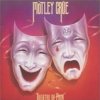 | Buy these at Amazon.ca Click Images to Buy | 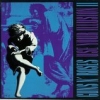 |
Labels: light, lighting, moviemaking, movies, photography, shadows, time



